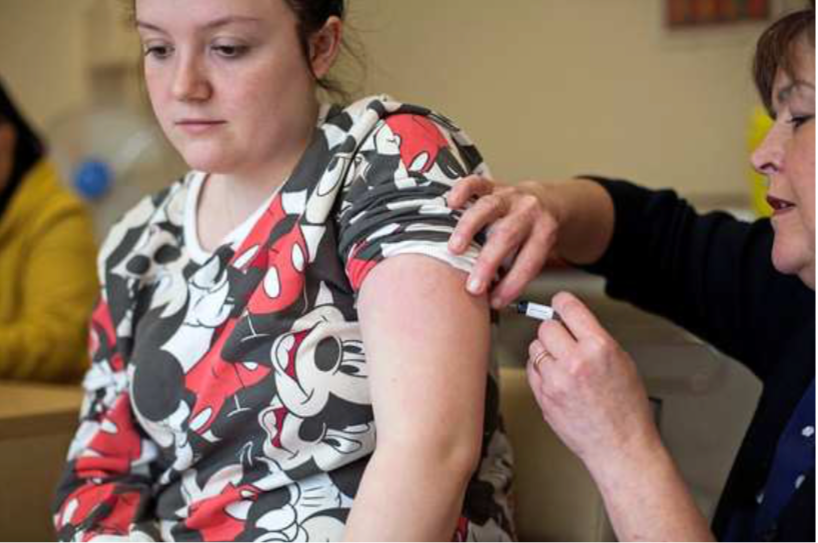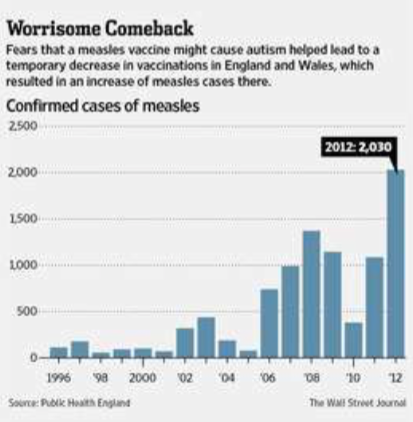Posted on January 22, 2012 by konaallan
Waterborne Biological Diseases
Caused by disease organisms in drinking water & food contaminated by human & animal waste, which cause diarrhea.
Cholera, is perhaps the most well know waterborne disease as it has frequently caused serious, widespread epidemics. Typhoid fever, still common in the developing world, affects 21.5 million persons each year (CDC 2007) and causes about 600,000 deaths.
However simple diarrheal dehydration caused by waterborne bacteria (fecal coliforms such as E coli) and viruses (such as rotavirus), remains a much more serious killer of children under five years old. (Approx. 1.5 million child deaths each year. WHO 2006)
Waterborne Chemical Diseases – (lead, mercury, cadmium, arsenic)
Caused by toxic substances in water. Some may be naturally occurring or come from pollution such as fertilizers & pesticides, industrial wastes, etc. If the toxic chemicals are in high concentrations, diseases may occur quickly. However, it is much more common for a waterborne toxin to be found in low concentrations in a water source and therefore only have a cumulative effect, possibly leading to more chronic diseases.
• In the Amazon basin, gold mining operations still use mercury as an amalgamator in the refining process. The mercury inevitably finds its way into rivers causing large sections to be dangerous as a source of potable water source.
• In Bangladesh, the widespread presence of arsenic in groundwater was once thought to be from pesticide contamination of wells, but is now recognized to be a naturally occurring contaminant from the rock strata itself. Each year in Bangladesh, arsenic causes ~270,000 deaths.
Lack of Water (Water-Washed) Diseases
When there is a lack of water, water-washed diseases are a serious health hazard.
• Skin diseases: scabies, ulcers & skin fungus,
• Diarrheas from poor hygiene,
• Eye diseases: conjunctivitis & trachoma
Over 146 million people suffer from Trachoma alone of whom 8 million/year lose their vision. When water is easily accessible, Trachoma soon disappears on its own.
Water Contact & Habitat Diseases
Not spread directly person-person, but through an intermediate water-based host or vector (such as snails or mosquitoes).
Schistosomiasis infects 200 million
Leptospirosis (Hawaii)
Guinea Worm Disease
(cases have fallen from 1 Million cases to 80,000 in 10 yrs.)
Malaria 1,124,000 yearly deaths
Dengue Fever & Yellow fever
Human Waste Disposal Diseases
Yep, if you can just improve the hygienic disposal of human waste, (keep da poop off the hands and the feet), you can knock back three of the most widespread human diseases.
• Hookworm. while worldwide prevalence has dropped by perhaps half over the past decade, hookworm is still estimated to infect 576-740 million people
• Round worm infects an estimated 807 million – 1.2 billion people
• Simple Preventible Diarrhea is the 2nd greatest child killerSource: US Centers for Disease Control & Prevention <cdc.gov> 2012.




























